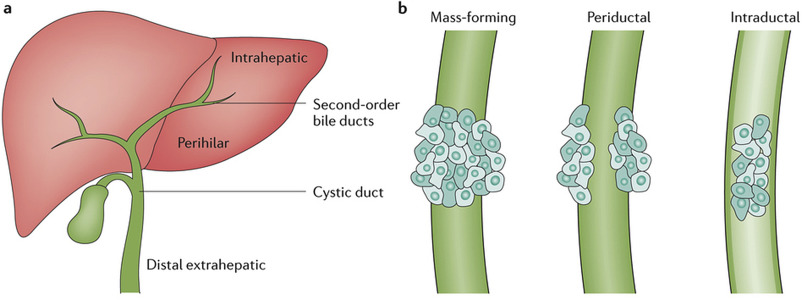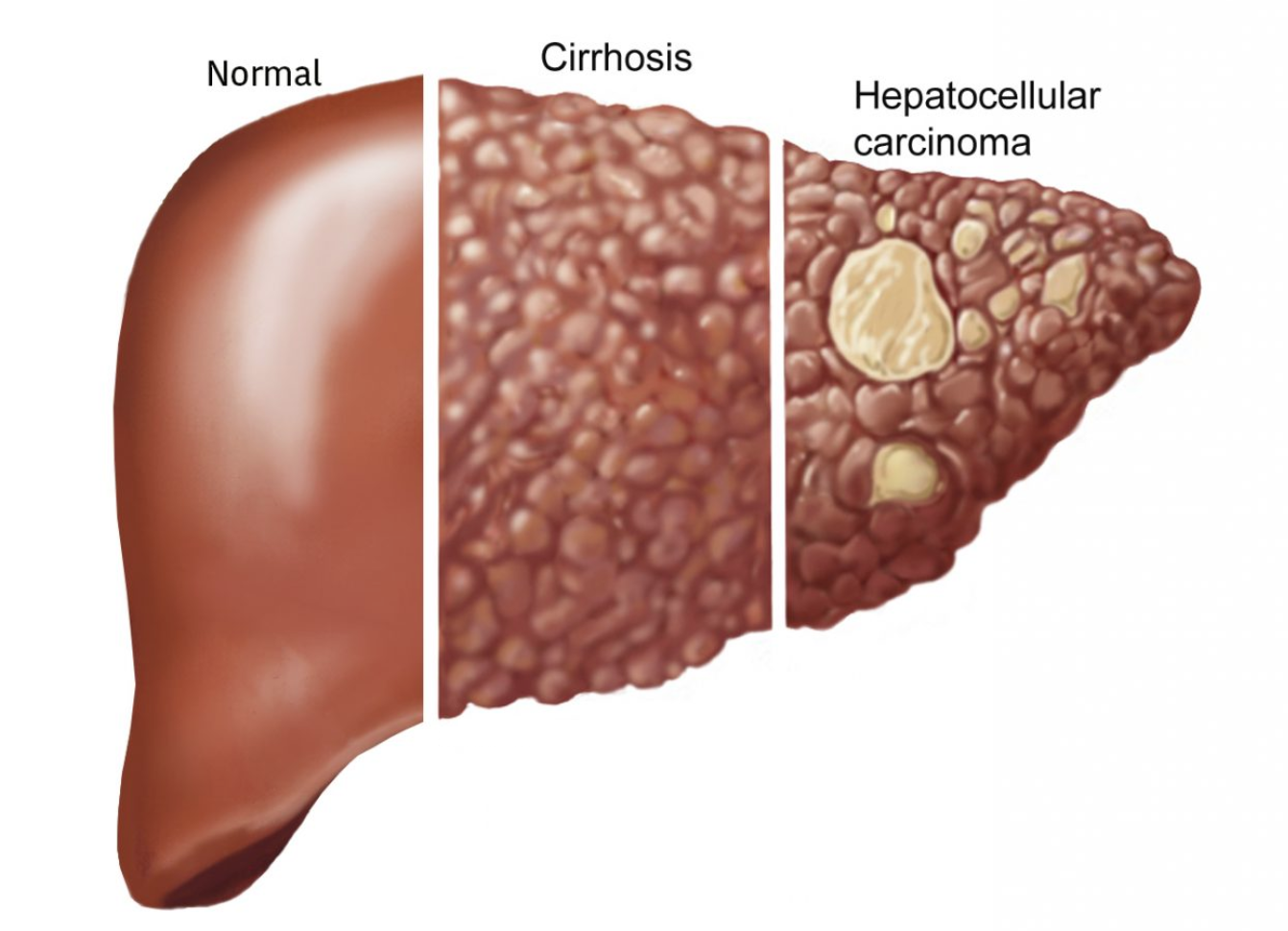Intrahepatic Cholangiocarcinoma
What is Intrahepatic Cholangiocarcinoma?
Cholangiocarcinoma is a cancer that comes from the cholangiocytes. Cholangiocytes are the small cells that line the inside of the bile ducts.
Intrahepatic cholangiocarcinoma arises from the small bile ducts in the liver. This may look like a tumor, or a mass, in the liver. It is usually easy to see on an imaging exam like an MRI or CT scan.

This type of cancer usually does not cause skin to turn yellow. That condition is called jaundice.
Cholangiocarcinoma (co-LAN-gee-oh-car-see-NO-mah) is a rare form of cancer. It starts, or originates, in the cells that line the liver’s bile ducts.
Cholangio refers to the cells that line the bile ducts. Carcinoma means cancer.
There are three types of cholangiocarcinoma:
- Perihilar:This cancer arises from large bile ducts. It involves the ducts and theliver. This condition is typically treated with surgery, a liver transplant, a stent, or chemotherapy. Peri refers to the area where the bile duct and vessels connect to the liver.
- Distal: This cancer arises from the large common bile duct. It may be found on or near the pancreas. This is typically treated with a stent, surgery or chemotherapy. Distal refers to distant, meaning away from the liver.
- Intrahepatic: This cancer arises from the small bile ducts inside the liver. (Intra means inside.) It forms a growth or a lesion. It is typically treated with surgical resection or a form of therapy: radiofrequency ablation, chemoembolization or chemotherapy.
Perihilar and distal cholangiocarcinomas are more common than intrahepatic cholangiocarcinoma.
Perihilar and distal cholangiocarcinoma are often called extrahepatic cholangiocarcinoma. Extra means outside and hepatic refers to the liver.
How the Liver Normally Works ?
The liver is the largest solid organ in the body. It sits in the upper right side of the chest, under the ribs. (See Figure 2.) The liver’s biggest job is to produce bile. Bile helps you digest food. It is very helpful in digesting fats.
Your liver has a system of tubes called bile ducts. Bile ducts collect and drain the bile from the liver and carry it into the intestine. There, it meets with your food.
The largest duct in the liver is called the common bile duct. This duct is connected — by the cystic duct — to the gallbladder. Bile ducts are lined with small cells called cholangiocytes. Cholangiocytes secrete fluid into the bile as it passes into the intestine.They also absorb nutrients from the bile.

